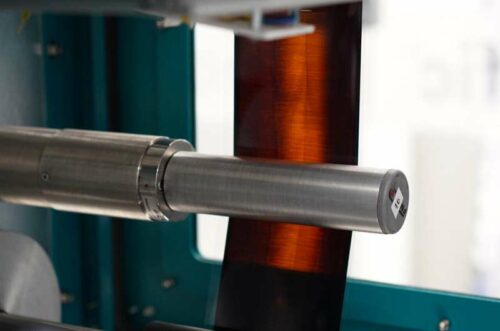Researchers have designed a new completely roll-to-roll perovskite solar cell with stabilized power conversion efficiency of 10.8%.

Solar energy is being globally considered to meet the domestic energy needs. Solar panels can be placed on rooftops, windows, on a car, on a bike and even water bodies. This flexibility has made solar energy the most preferable as well as efficient source of clean energy. However, there is room for more efficiency and applications.
Swansea University has established a low-cost and scalable carbon ink formulation capable of unlocking, for the first time, the potential for perovskite solar cells to be manufactured at scale. Researchers at the SPECIFIC Innovation and Knowledge Center at Swansea University have established a way to create “fully printable” perovskite photovoltaics (PV) using slot die coating in a roll-to-roll (R2R) process. The team searched for an alternative to the gold electrode that is typically applied using an expensive and slow evaporation process after the device has been printed.

Dr. David Beynon, senior research officer at SPECIFIC, said, “The key was identifying the right solvent mix, one which dries as a film without dissolving the underlying layer. X-ray diffraction analysis showed carbon electrode ink is capable of this when formulated with an orthogonal solvent system. This innovative layer can be applied continuously and compatible with the underlying layers at a low temperature and high speed.”
The devices with carbon electrodes provided a similar photovoltaic performance to the conventional evaporated gold electrodes, as part of a small-scale device on a rigid glass substrate, with power conversion efficiencies (PCE) of 13%–14% and the additional benefits of outperforming at higher temperatures and having better long-term stability. The new fully R2R coated device, which was printed onto a 20-meter-long flexible substrate, produced a stabilized power conversion efficiency of 10.8%.
In just four years, this innovative method for PV has been designed and made, assessed and analyzed in detail, adapted and improved, making the possibility of printing and installing millions of meters of solar cells across the globe closer than ever.
Reference : David Beynon et al, All‐Printed Roll‐to‐Roll Perovskite Photovoltaics Enabled by Solution‐Processed Carbon Electrode, Advanced Materials (2023). DOI: 10.1002/adma.202208561





